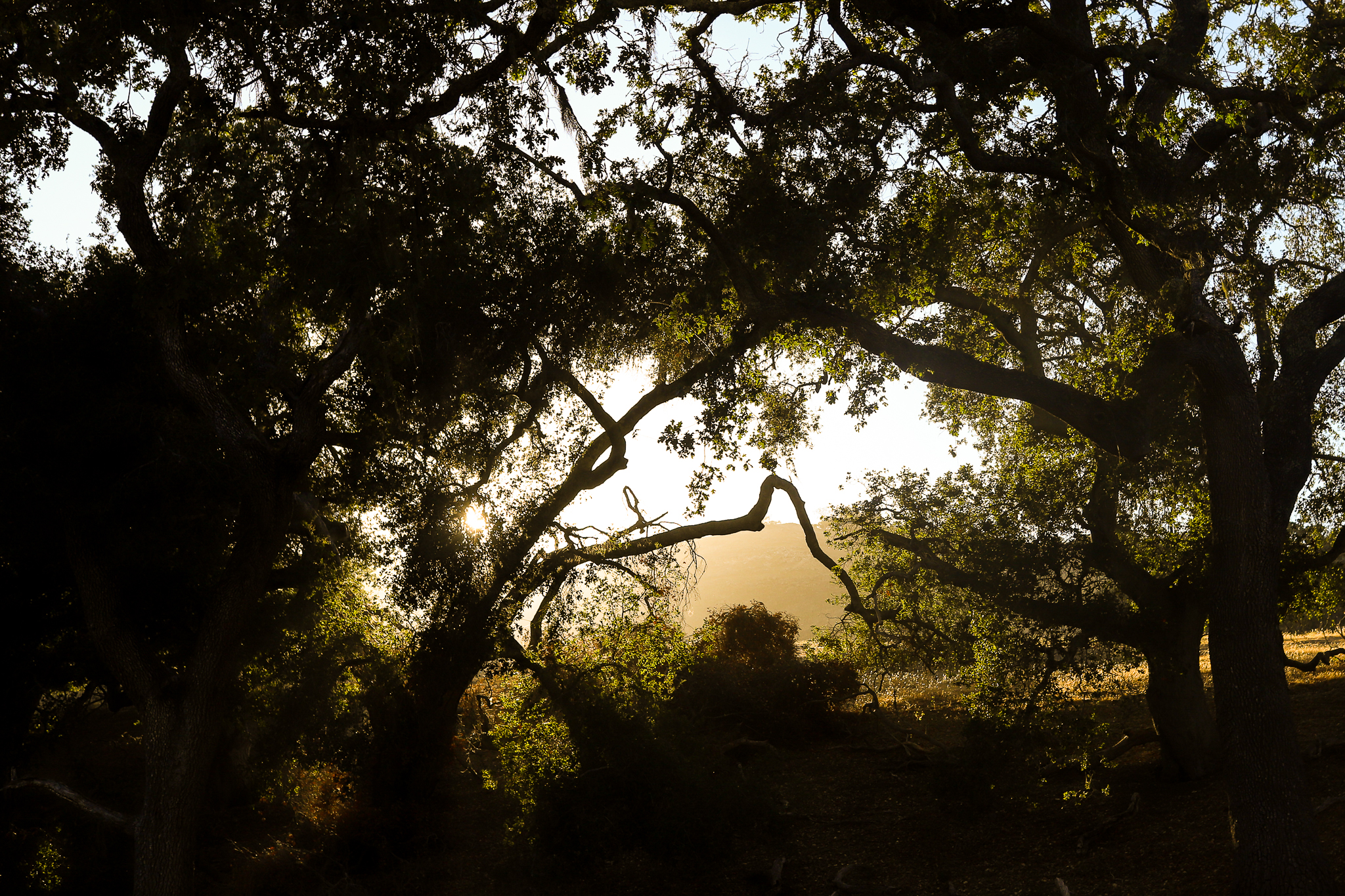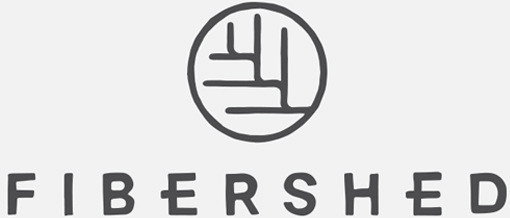Written by Stephany Wilkes and photographed by Lexi Fujii

Alex and Kelsey Karol are the first-generation agrarians of Outlaw Valley Ranch, a business that has hit its stride even as it restarts from scratch in a new locale. As of last year, Outlaw Valley Ranch sits on 345 hilly acres in Santa Maria, California, between San Luis Obispo and Santa Barbara. It is the base of a diversified operation of direct meat sales – lamb and beef – and Navajo-Churro yarn and hides.
“People love beef. People love lamb. We sell out of lamb. And our new place has no infrastructure,” Kelsey says, with good humor. “We’re starting from scratch.”
The business and ranch are great places to be. The ridge nearest the ocean lies 14 miles from the Pacific as the crow flies, giving the ranch a coastal climate with fog in the morning. Annual rainfall averages 20 inches, but that is changing: 13 inches fell here last year. Outlaw Valley Ranch is “75% grass with just the right amount of forest,” Alex says. “There’s shade if it’s hot, and the sheep have storm cover.”

Size and climate-wise, this place is a big shift from their prior 60-acre operation in Templeton, California. The additional acreage has enabled Kelsey and Alex to expand their sheep operation and add cattle. They recently got their own cattle brand – an “O” followed by a “V” with a wave above both (a nod to their love for surfing). It is a significant and exciting milestone for a team that always wanted cattle.
“Diversity is good!” Alex says. “I had worked with cattle as a ranch manager, and I saw how sheep and cattle complement each other. They provide different products to a business but also graze differently. Sheep like weeds. In spring, we bring the sheep in near headquarters for lambing. Sheep love mustard, and we graze that, then take them off for a few months. In the warmer weather, the cattle eat the mustard seed heads and trample stalks into the ground. They trample better than sheep. Soil wants a cover. The cattle are big enough that they can get their mouths up there and break the stalks while eating, get that biomass to touch the ground and oxidize. And cows will eat a full bunch of foxtail-looking grass that is not palatable to sheep. Cows eat the whole thing. And wild turkeys follow the grazing, too.”
With the Los Padres National Forest nearby and other big agricultural ventures for neighbors, Outlaw Valley Ranch has lots of wildlife: bears, mountain lions, coyotes, deer, wild pigs, and the aforementioned turkey. Their guard dogs are priceless. “We don’t lose any animals,” Kelsey says. “We’ve got the guard dogs, we’re fenced, and we’re rotating every few days.”

New land means Alex and Kelsey have had to assess its condition and understand what it needs to heal. What they’ve found in Santa Maria is quite different from what they started with in Templeton, Alex says. “We did five years of intensive, rotational grazing on our old place in Templeton, which had not been grazed in several years. It was dead grass, 60 acres of gray, oxidizing weeds, and yellow starthistle. After intensive grazing, the forage was vastly improved, and birds were showing up behind sheep. The new place is totally different. It was leased for many, many years. It has good forage but was too intensively grazed, the opposite of how we found the last one.”
Soil health assessment and improvement is another part of this effort. Outlaw Valley Ranch participates in the Fibershed Climate Beneficial Verification Program and was a 2021 grant recipient of the Fibershed Carbon Farm Seed Fund, an annual grant program that supports the implementation of carbon farming practices. “We got soil tests for baseline soil carbon and have been reviewing results with Fibershed,” Kelsey says. “And we will get new tests every three years.”
Kelsey and Alex are young, and if they sound old hat, it is because they have spent the last ten years constantly learning and gaining experience in all aspects of livestock, grazing, and business management. Neither of them hails from an agricultural background. Kelsey attended Cal Poly and holds a Master of Science in Environmental Planning. She also took ag classes, including holistic management. Alex recently finished a Master of Agriculture degree from Colorado State University online, where he learned a lot about business and integrated resource management. But the bulk of their education has been land- and hands-on.

Fifteen years ago, Alex and Kelsey met at college in San Diego, where they both developed an interest in environmental issues. After that, they moved to California’s Central Coast and began working on an organic vegetable farm in Cambria together. They credit Fibershed with getting them excited about the sort of ranching and pasture management they practice today.
“We went to the EcoFarm conference ten, twelve years ago,” Alex says. “John Wick and Rebecca Burgess spoke. We didn’t know any of this stuff before – about sequestering carbon – and that shift sparked this. We started gaining knowledge. With veg farming, it felt like we were fighting nature a lot. All you do is keep animals off the land, like gophers, and yet you’re bringing in animal fertilizer. You need animals! It’s exciting, bringing animals back onto land instead of keeping them off. Working with livestock is where our brains are.”
Shortly after that EcoFarm conference, Alex learned to shear sheep at the shearing school offered by the UC Hopland Research & Extension Center, and Outlaw Valley Ranch got its first three Navajo-Churro sheep. The breed is low input but does need to be sheared twice a year, so Alex has two big shearing days twice a year. In Morro Bay, California, Morro Fleece Works scours the wool and processes it into roving, preparation for its subsequent spin into yarn at Valley Oak Wool & Fiber Mill in Woodland, California.

The sheep are a key part of Outlaw Valley’s ecological and farm-product diversity. “We love the Churros,” Kelsey says. Alex agrees. “In the early days, I questioned it. Conventional sheep people don’t like them. But they do well on forage, and they have amazing, mild meat. They just do so well. They retain calories well, and they give us multiple products. They’re great moms; they have hardy lambs. We get 130% lambing, all on pasture. This spring, we had 103 lambs, lost two, and had two on bottle.”
They buy two new rams every two years and keep only replacement ewes. This fall, they will breed 100 ewes in October to lamb in March, a spring that will also bring their second calving, all of it on range. They hope to offer bigger beef buys next year, like quarter, half, and full-steer bulk quantities.
Building infrastructure is Kelsey and Alex’s immediate focus, because the ability to practice desired grazing styles and sustain operations depends on it. They love being off-grid and are in the middle of their second grant from the Natural Resources Conservation Service (NRCS), which will help support water infrastructure and fencing. “We’re going to break up the place into 10, hard-fenced pastures and then go smaller with mobile fencing, inside of those,” Kelsey says. This will enable rest periods and targeted grazing, preventing overgrazing.
Alex adds, “By the end of this year, we’d like to finish our cross fencing, finish our water project and troughs, and get up some glamping tents to help pay the mortgage. The groundwater is good. We have a well that can draw up to 200 gallons a minute and a bunch of natural springs, but water needs to be able to move to where livestock need it. We may do a little irrigated pasture next year, annual forage crops, and grass in the fall for during the winter. We’ll see.”

Outlaw Valley Ranch is animal welfare approved, all certified grass-fed, and delivers within northern Santa Barbara and San Luis Obispo counties. They also ship to West Coast states and sell their products at the Arroyo Grande Farmers Market on Saturdays from 12-2:30 and at the Ojai Community Farmers Market every other Thursday, from 3-7 PM.
“The simple life is not the simple life,” Kelsey says. “Part of it is just running your own business, but it’s also putting out fires half the time. With livestock, there is always something happening – pulling a calf or a cow out on the road, or you want a rest day, or you’re sick and the sheep are out.”
“Yeah, I heard someone say, ‘I didn’t want a 9-5, so I got a 24-7,’” Alex laughs. “It’s true. Then I read something like the Stockman Grass Farmer and get inspired all over again.”
